Description
Caring for your Chenille Plant
Acalypha pendula, commonly known as the Dwarf Chenille Plant, is a delightful and ornamental plant that originates from the tropical regions of Central and South America. Renowned for its unique, fuzzy red flowers that resemble chenille fabric, this plant adds a whimsical touch to any garden or indoor setting. The Dwarf Chenille Plant is a low-growing, trailing plant that can be used in hanging baskets, containers, or as ground cover in garden beds.
Light
Acalypha pendula thrives in bright light conditions. For optimal growth and flowering, place the plant in a location where it can receive full sun to partial shade. When grown indoors, it should be positioned near a south or west-facing window where it can get ample sunlight. If the plant does not receive enough light, it may result in leggy growth and reduced flowering.
Soil
Acalypha pendula thrives in well-draining soil rich in organic matter. A good quality potting mix that retains moisture yet allows excess water to drain away is ideal. You can create a suitable mix by combining standard potting soil with perlite or sand to improve drainage.
Water
Consistent moisture is crucial for the health of Acalypha pendula. The soil should be kept evenly moist but not waterlogged. Water the plant when the top inch of soil feels dry to the touch. In the growing season (spring and summer), regular watering is essential, whereas in the dormant period (fall and winter), reduce the frequency but do not allow the soil to dry out completely. Always use room-temperature water to avoid shocking the roots.
High humidity levels are beneficial for this plant. If grown indoors, placing it in a room with higher humidity or using a humidity tray can help maintain the moisture levels it requires.
Fertilizing
Acalypha pendula benefits from regular feeding during the growing season. Use a balanced, water-soluble fertilizer (such as 10-10-10) every two to four weeks from spring through summer. Reduce feeding in the fall and cease fertilizing in the winter when the plant is not actively growing. Over-fertilizing can lead to salt build-up in the soil, so it’s important to follow the recommended dosage and flush the soil occasionally to remove excess salts.
Pruning and Maintenance
Regular pruning helps maintain the plant’s shape and encourages more vigorous growth and flowering. Pinch back the tips of the stems to promote a bushier appearance. Remove any dead, damaged, or yellowing leaves to keep the plant healthy and attractive. If the plant becomes too leggy, more extensive pruning can be done in the spring to rejuvenate growth.
Pest and Disease Control
Acalypha pendula is generally resistant to pests and diseases but can occasionally be affected by common issues such as aphids, spider mites, and whiteflies. Regularly inspect the plant for signs of infestation. If pests are detected, treat the plant with insecticidal soap or neem oil. Ensure good air circulation around the plant to prevent fungal diseases like powdery mildew. Avoid overhead watering to reduce the risk of fungal infections.

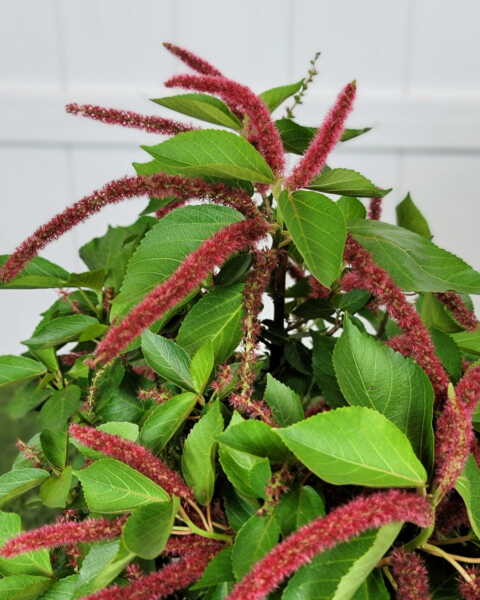
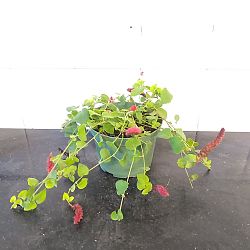


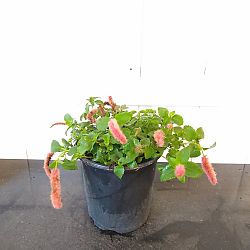

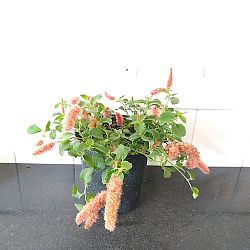
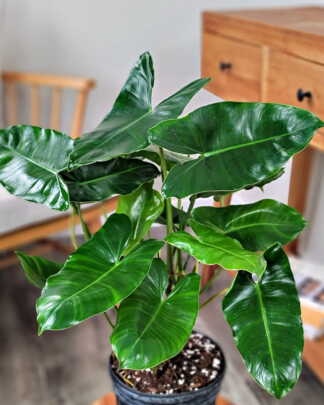
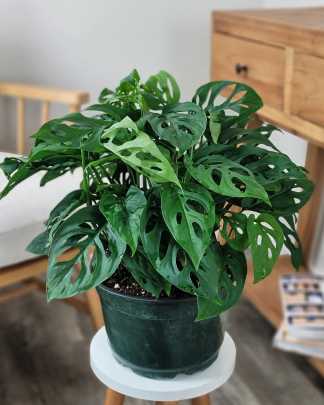
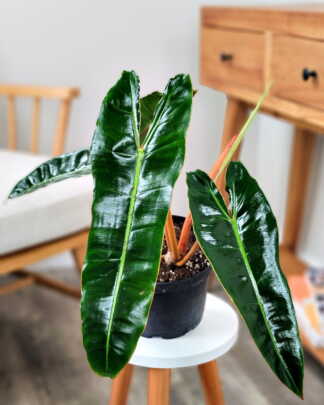
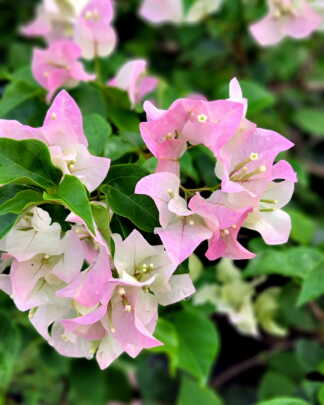
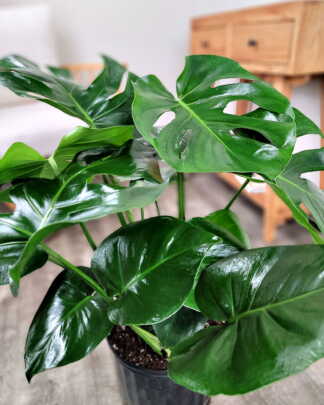


Vincent Dalton (verified owner) –
Looks great and the plant is already blooming
Christina Shyver-Plank (verified owner) –
Thank you so much for such a lovely plant! And thanks for being so caring about everything! Many smiles.
Rebecca P. (verified owner) –
Thank y’all so much! Happy Holidays!
Wendy Solomon (verified owner) –
Delivered in perfect condition.